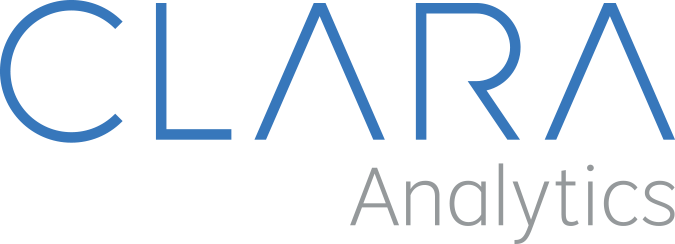The Road to Claim Automation
Data quality is key
The Holy Grail in claims management is “straight-through processing.” Almost every claim organization has it on their roadmaps, and many have dived in, yet few have had significant success. Why is this, and what should you do to increase your odds of success?
The potential benefits of automation are many. Automation reduces the time it takes to process claims. And time, of course, is money. Another benefit that pays dividends now and in the future is the reduction of errors from manual data entry. This is an oft-overlooked problem with claim data. Adjusters are generally measured on efficiency, mainly by how many claims they can process in a specific time. In many cases, this creates disincentives for thoroughness and accuracy. Skipping questions while interacting with claimants, checking the same answer to some questions for every claim, and cryptic input that is difficult to interpret are all standard practices.
I’ve learned over many years in the industry that systems are not designed, and processes ignore the need for robust and accurate data. I can hear you nodding in agreement. Short-term thinking (“speed, speed, speed”) always trumps long-term investment (“hey, someone will want to use this data down the road, so quality matters”). No one ever calculates the “cost of bad data quality,” but automation can illuminate the issue. And I guarantee you that it is much higher than your highest estimate.
Three areas critical to success beyond data quality
So aside from “good enough” quality data, what else is needed to automate the claims process?
- A modern claim system – For automation to work, data must flow freely to and through decision and routing modules. These then need to feed your payment system. This is best accomplished with “microservices” that communicate with the primary system and each other through APIs (Application Program Interfaces). Legacy systems, by and large, don’t use APIs and are monstrously challenging to alter with new capabilities.
- A culture that is on board – Don’t underestimate the impact claim culture can have on your efforts. Many adjusters view automation as a means to replace them and can easily thwart your development, testing, and implementation efforts. I refer to what’s needed as a “coalition of the willing.” If you can build a team with representatives from every involved function excited by automation and can operate relatively freely, you are one big step ahead. Set up a “skunk works” that automates one process from end-to-end first. Doing so will keep you from spending tons of money before the feasibility of automation is even tested. When you succeed with your prototype, you may even convert some skeptics and naysayers into believers.
- Freedom to fail – Innovating is best done in steps, and freedom to pivot from point “A” to point “D” is essential. Make sure you have some adjusters as part of your team! They are the experts you are trying to assist with automation by replacing their busy work with something more meaningful. They are best suited to winning over the support of their piers too.
That’s a short list of what you need to start, but I think those three points are most critical to success. Sounds challenging. There is an alternative, and that’s where CLARA comes in.
AI-as-a-Service can lighten the load
As AIaaS products (AI as a Service), CLARA offers many of the benefits of automation without the heavy lifting of integrating into your systems directly. Our products provide the intelligence and decision support to make your adjusters’ jobs easier. Our Triage models provide routing and assignment guidance. Treatment and Litigation provide advice and insight for two of the costliest parts of a claim: medical treatments, attorneys, and litigation. And our newest product, CLARA Claims Document Intelligence Pro, formerly CLARA Optics, automates many time-consuming manual processes associated with finding insights from hundreds and thousands of pages of claim documents.
How to get started? If full-on automation is your goal, the first step is to form a task force with representation from all functions automation touches to start clarifying goals and constraints. A well-thought-out strategy, supported by economics, is your first big step. Build your coalition of the willing. I’ll talk more about what’s next in future posts. I
But, if quick wins from arming your adjusters with artificial intelligence-driven insights to augment their skills are what you are after first, then call on us to see how we can take you and your teams one step closer to automation.




